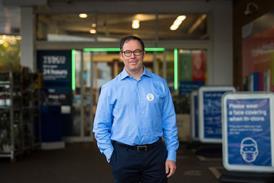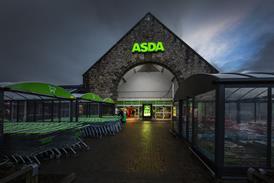Grocery inflation eases slightly and own-label lines shine

Grocery price inflation fell marginally in the four weeks to April 16, but remained in double digits for the tenth month consecutively.
Food inflation dropped to 17.3% compared with 17.5% in March, according to the latest Kantar market data.
Already have an account? Sign in here



















